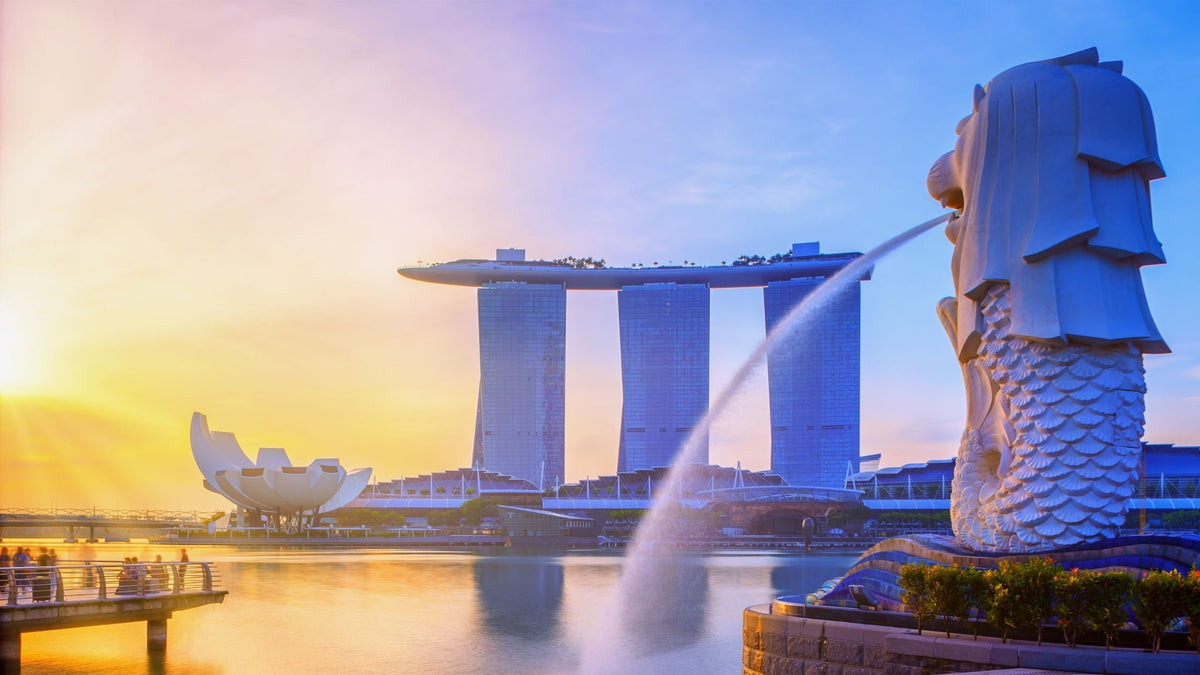
How Singapore Became the World’s Sixth Blue Zone
|
|
Time to read 2 min

|
|
Time to read 2 min
When most people think of Blue Zones—those rare places in the world where people regularly live past 100—they picture traditional, slow-paced communities like Okinawa or Sardinia. But in the final episode of the 2023 Netflix documentary Live to 100: Secrets of the Blue Zones, something extraordinary is revealed: Singapore has officially joined the list as the sixth Blue Zone —and it’s the first built intentionally through policy , not tradition.
This wasn’t a fluke. It was the result of decades of bold government action, cultural shifts, and systemic investment in wellbeing. From urban design and healthcare to community-building and nutrition policy, Singapore has shown that longevity doesn’t have to be inherited—it can be engineered.
A child born in Singapore in 1960 could expect to live to 65. Today, that number is over 86. The number of centenarians has doubled in a single decade. Unlike the other Blue Zones identified by longevity expert Dan Buettner—like Nicoya in Costa Rica or Ikaria in Greece—Singapore didn’t inherit its longevity from centuries of tradition. It designed it.
Buettner, whose work inspired the Netflix series, calls Singapore a “Blue Zone 2.0.” The final episode of Live to 100 focuses on the city-state as a case study in how governments can shape healthier lives through policy, not just custom.
Rather than relying on inherited diets or rural simplicity, Singapore uses modern policy as its longevity blueprint:
Urban Design: High car ownership costs and world-class public transport encourage walking. Green spaces are integrated across the city.
Healthcare: A globally admired hybrid system offering universal access and strong preventive care.
Dietary Nudges: Nutritional labelling, sugar taxes, and public health campaigns reshape daily choices.
Support for the Elderly: Tax incentives for caregivers and strong social integration help extend both lifespan and healthspan.
The result is not only longer life—but better life. Outdoor fitness stations, vibrant hawker centres, and a constant rhythm of public festivals all help to build movement, purpose, and connection into everyday life.
In Live to 100, Buettner identifies four key traits shared by all Blue Zones:
Move naturally
Eat wisely
Connect with others
Have a sense of purpose
Singapore checks every box—not through centuries of cultural tradition, but through design, innovation, and political will. From public health campaigns to daily rituals of community fitness, it shows that long life can be engineered.
The idea of building a Blue Zone may seem radical—but it’s working. As more countries face ageing populations and rising chronic illness, Singapore offers a rare success story: longevity achieved through systems thinking.
Because the same habits that help us live longer are the ones that make life worth living.
At For Youth , we’re proud to be part of this movement. Working closely with leading scientists in Singapore—including professors at NUS—we’ve created the Age Defence System : a trio of supplements designed to protect, cleanse, and repair the cells that matter most.


